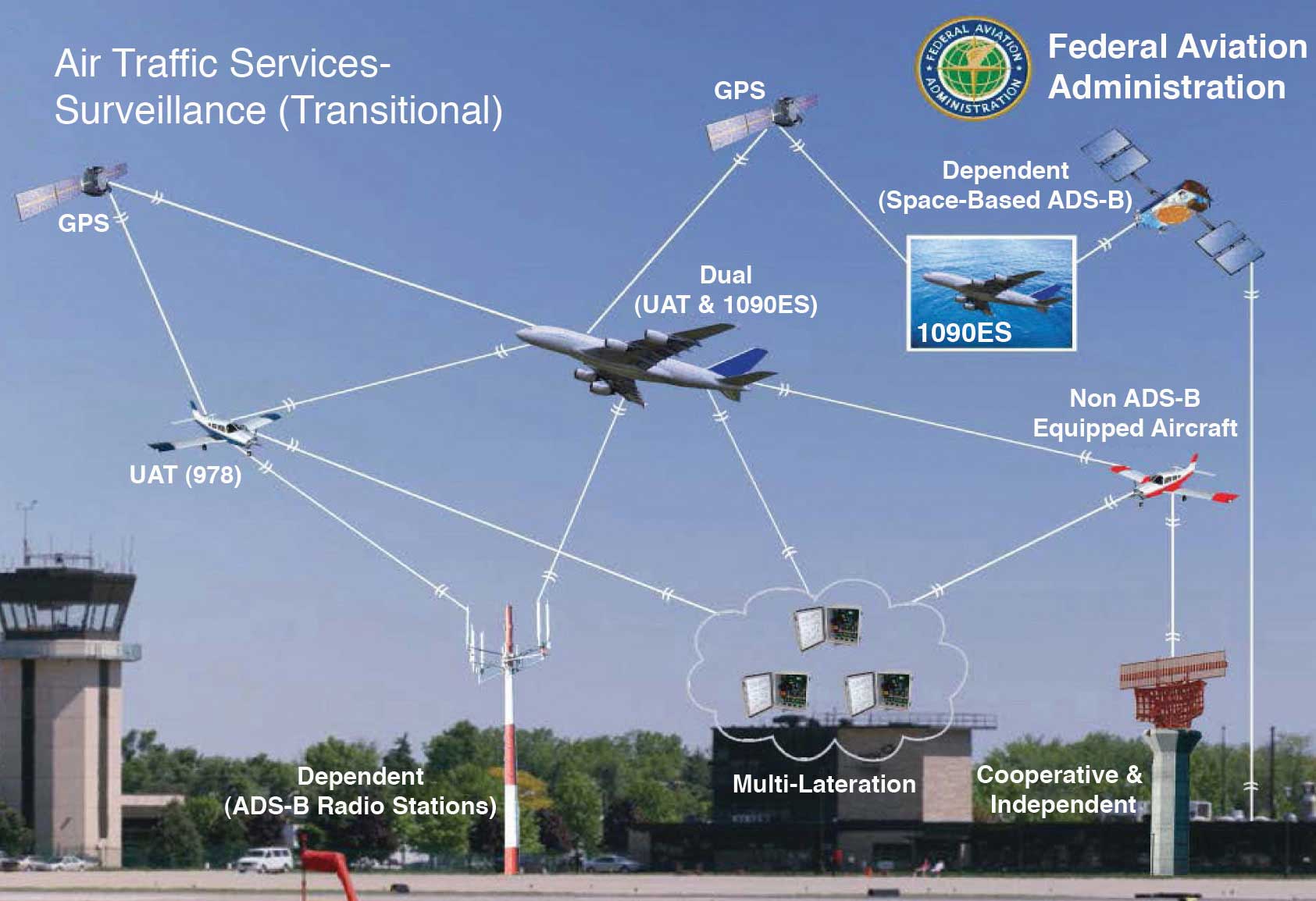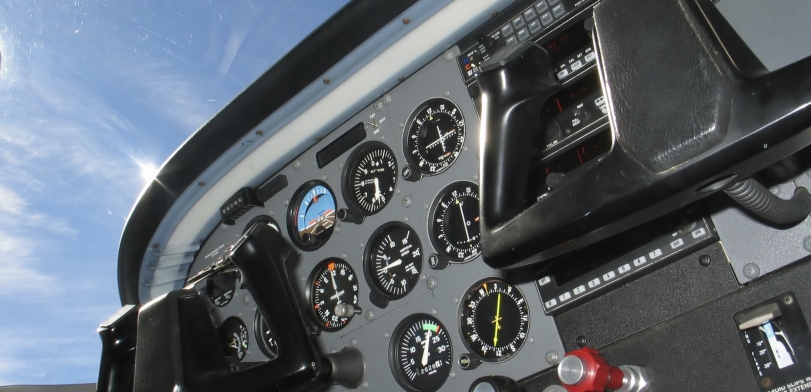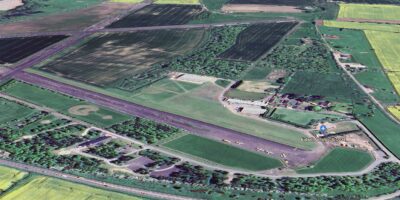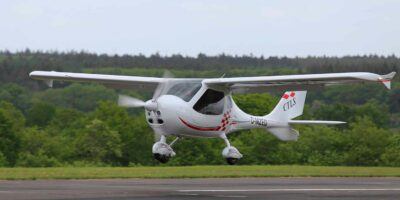ADS-B technology is all the rage in the US, enabling weather and traffic information to be delivered to the cockpit. A trial staged by NATS with the help of various other interested organisations has proved it can be of benefit to UK pilots too.
The results of the trial, which took place last summer, have now been published by NATS. And the good news is that the Light Aircraft Association (LAA) and British Microlight Aircraft Association (BMAA) which took part in the trial, are able to approve Mode S Extended Squitter ADS-B installations with non-certified GPS devices.
From 18 March, BMAA and LAA’s Avionics Modification Approval processes will take over the ADS-B verification service from NATS. This only applies to Permit to Fly aircraft. LAA and BMAA members wishing to take advantage of the approval process should contact their association.
Mark Watson, Head of Research and Development at NATS, said: “This trial has successfully shown we can use non-certified GPS sources with capable transponders to provide ADS-B and therefore increase visibility and situational awareness of GA pilots.
“The GA community using visual flight rules will look out the aircraft window to see and avoid other traffic. The trial showed that they could transmit position data to enhance pilots’ situational awareness, which supports the “see, be seen and avoid” concept.”
The trial was supported by the Civil Aviation Authority (CAA), the Aircraft Owners and Pilots Association (AOPA), the BMAA and LAA, and the Future Airspace Strategy VFR Implementation Group (FASVIG).
The trial was part of a wider project called ‘EVA’ – Electronic Visibility via ADS-B – where NATS is working with AOPA UK, Trig Avionics, Funke Avionics and Eurocontrol to validate the use of ADS-B by the General Aviation community. A second trial has just started.
Download the NATS ADS-B Trial Report here
How does ADS-B work?

Automatic Dependent Surveillance–Broadcast (ADS-B) is a precise satellite-based surveillance system. ADS-B Out uses GPS technology to determine an aircraft’s location, airspeed and other data, and broadcasts that information to a network of ground stations, which relays the data to air traffic control displays and to nearby aircraft equipped to receive the data via ADS-B In. Operators of aircraft equipped with ADS-B In can receive weather and traffic position information delivered directly to the cockpit.














1 comment
This article is quite misleading. The FAA diagram explaining ADS-B is only correct for for USA.
In Europe there is only a single frequency, 1090Mhz which can also support ES (Extended Squitter) broadcasts. There is no network of ground stations either. Aircraft will be able to broadcast their GPS location, airspeed and other data via ES to other aircraft (ADS-B Out), providing they have a Mode S transponder with a GPS source connected. Aircraft equipped with a suitable ADS-B receiver and display will be able receive these broadcasts (ADS-B In), to give advance warning of potential conflictions to enhance a pilot’s visual scan.